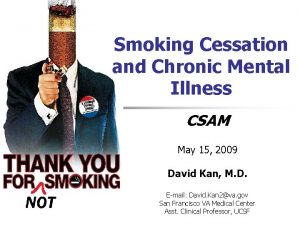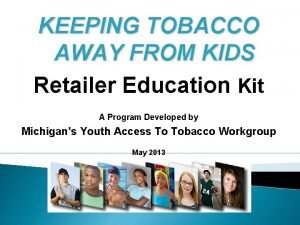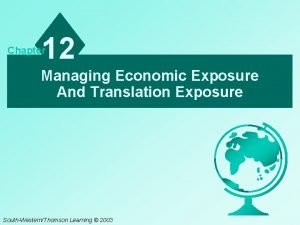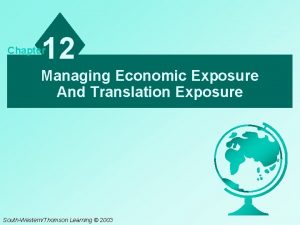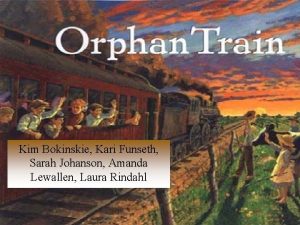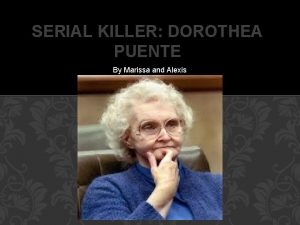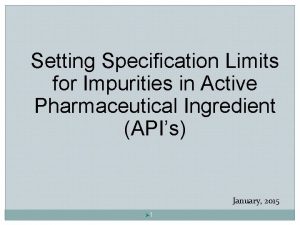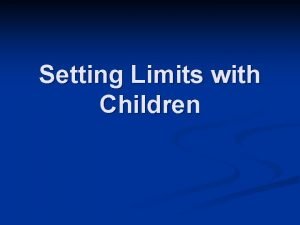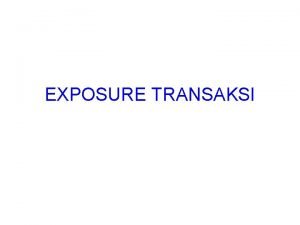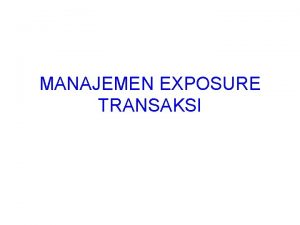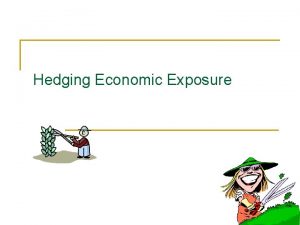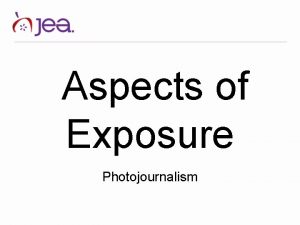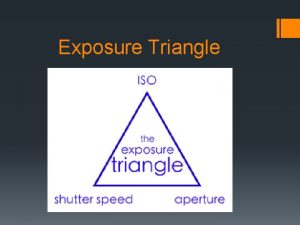Setting occupational exposure limits for carcinogens Gunnar Johanson











- Slides: 11

Setting occupational exposure limits for carcinogens Gunnar Johanson Professor of occupational toxicology and risk assessment Chairman of the Nordic Expert Group gunnar. johanson@ki. se

Half of the work-related fatalities in EU are caused by cancer Injuries Cancer Circulatory Others Causes of work-related fatalities in the EU-28 https: //osha. europa. eu/en/publications/international-comparison-cost-work-related-accidents-and-illnesses Over 100 000 workers die per year from work-related cancer in Europe https: //oshwiki. eu/wiki/Eliminating_occupational_cancer_in_Europe_and_globally Gunnar Johanson – 11 Dec 2020 2

Most common cancer agents Number of exposed workers 1. Solar radiation Number of exposed workers (EU-15 1990 -1993) 2. ETS 3. Silica 4. Radon 5. Diesel engine exhaust Number of cancer cases 1. Asbestos 2. Shift work 3. Mineral oils 4. Solar radiation 5. Silica EU OSHA 2014 https: //osha. europa. eu/en/publications/exposure-carcinogens-and-work-related-cancer-review-assessment-methods Gunnar Johanson – 11 Dec 2020 3

Many approaches to control cancer agents at work § § Ban, restrictions As low as reasonably achievable – ALARA Prevention measures – STOP Occupational exposure limits – OELs “OELs are a cornerstone to reduce dangerous chemical exposures at work” Bertil Remaeus, former chair, EU-OSHA Governing Board EU OSHA 2018 https: //osha. europa. eu/en/publications/info-sheetlegislative-framework-dangerous-substances-workplaces/view Gunnar Johanson – 11 Dec 2020 4

Two types of OELs in the EU Indicative OELs • • Established for chemicals with a threshold Threshold – exposure level below which adverse health effects do not occur “Health-based” Chemical Agents Directive (CAD) Binding OELs • • When a threshold mechanism is not known Carcinogens, mutagens and airway sensitisers “Risk-based” Carcinogens and Mutagens Directive (CMD) and CAD Both are set for a typical 8 -h working day • Time weighted average • 8 h/day, 5 days/week, 40 years SCOEL 2017, https: //op. europa. eu/en/publication-detail/-/publication/3 c 8 ef 3 e 0 -48 fc-11 e 8 -be 1 d-01 aa 75 ed 71 a 1 ECHA 2019, https: //echa. europa. eu/documents/10162/23036412/ircsa_r 8_appendix_oels_en. pdf/f 1 d 45 aca-193 b-a 7 f 5 -55 ce-032 b 3 a 13 f 9 d 8 Gunnar Johanson – 11 Dec 2020 5

Important to consider both the number of workers affected and the risk to the individual A high individual risk is unacceptable also when few workers are exposed “ Every worker has the right to working conditions which respect his or health, safety and dignity “ Charter of Fundamental Rights of the European Union, Article 31 -1 https: //www. europarl. europa. eu/charter/pdf/text_en. pdf “ Everyone has the right to work, to free choice of employment, to just and favourable conditions of work and to protection against unemployment “ Universal Declaration of Human Rights / United Nations, Article 23 -1 https: //www. ohchr. org/EN/UDHR/Documents/UDHR_Translations/eng. pdf Gunnar Johanson – 11 Dec 2020 6

”Traffic light model” as a tool for risk management Extra cancer risk per year at work 10 -6 10 -4 1 in 1 000 1 in 10 000 Extra cancer risk per working life 4 x 10 -5 4 x 10 -3 40 in 1000 40 in 10 000 Low risk Medium risk High risk No demands for measures, but lower if possible Tolerable for a limited period, but measures should be taken to reduce expsoure Immediate actions are required to reduce exposure Germany Netherlands Austria Gunnar Johanson – 11 Dec 2020 Acceptable risk Target risk level Target value Tolerable risk Prohibitive risk level Critical value 7

Some of the current binding OELs are associated with high cancer risks Crystalline silica 11 to 54 cancer deaths per 1000 workers Hexavalent chromium 20 extra lung cancers per 1000 workers 2 -Nitropropane 28 tumours per 1000 workers (based on animal data) Life-time extra cancer risk, linear non-threshold extrapolation, assuming lifelong exposure at work at the current binding OEL, based on US OSHA and SCOEL cancer risk assessments Johanson & Tinnerberg, 2019 (https: //pubmed. ncbi. nlm. nih. gov/30969344/) Gunnar Johanson – 11 Dec 2020 8

How derive an OEL for a carcinogen? § What is the acceptable risk level? § How calculate the cancer risk at work-relevant exposures? Use of human data Many people get cancer for a variety of reasons (genetic, environmental) All are exposed to a variety of agents Þ difficult to identify an exposure factor that causes cancer in 4 of 1000 workers Use of animal and in vitro data Good control of the exposure, but - high doses needed to detect an effect – how translate to far lower exposure levels at work? - does the chemical cause the same effect in humans as in the test system? What is the risk at relevant exposure? - How to extrapolate from high dose – high risk (where we have data) to low dose – low risk? - Is there a threshold, i. e. no cancer risk below a certain dose ? Gunnar Johanson – 11 Dec 2020 9

How extrapolate to low dose? Threshold or no threshold? Hypothetical example Threshold model – zero excess risk below threshold Health-based OEL set below threshold Linear no threshold model – any exposure entails increased risk Risk-based OEL Hockey-stick model – two dose-response slopes Relevant workplace exposure Read more in Hartwig et al, 2020 https: //www. ncbi. nlm. nih. gov/pmc/articles/PMC 7303094/ Gunnar Johanson – 11 Dec 2020 10

Ongoing work: The Nordic Expert Group for Criteria Documentation of Health Risks from Chemicals Approaches for OEL setting of carcinogens https: //www. av. se/en/the-nordic-expert-group Gunnar Johanson – 11 Dec 2020 11
 Carcinogens in cigarette smoke
Carcinogens in cigarette smoke Carcinogens in cigarette smoke
Carcinogens in cigarette smoke Managing economic exposure and translation exposure
Managing economic exposure and translation exposure Managing economic exposure and translation exposure
Managing economic exposure and translation exposure Operating exposure
Operating exposure Balance sheet hedge translation exposure
Balance sheet hedge translation exposure Limit involving infinity
Limit involving infinity Shape 65
Shape 65 Kristel johanson
Kristel johanson Sarah johanson
Sarah johanson Serial killer dorothea
Serial killer dorothea Setting specification limits
Setting specification limits
